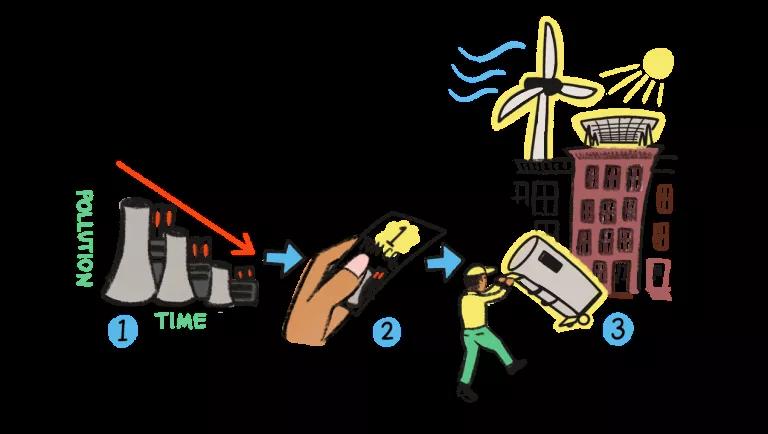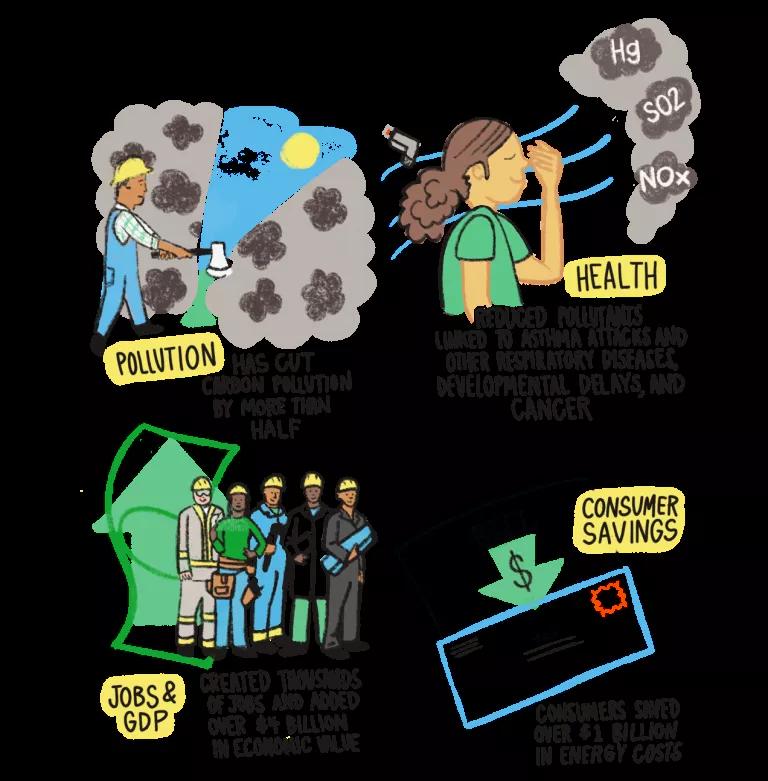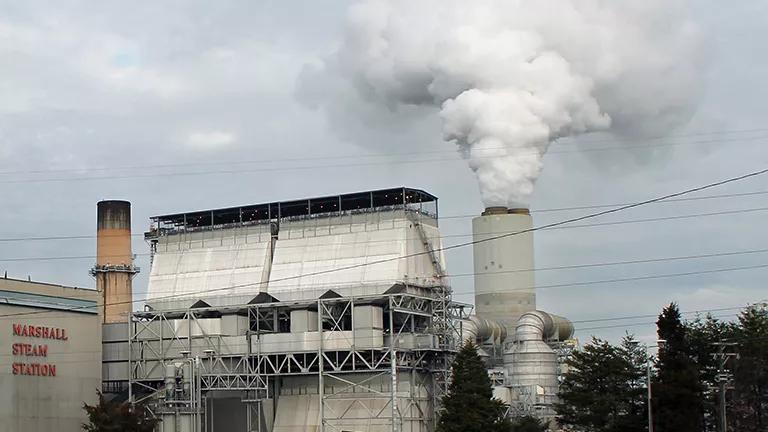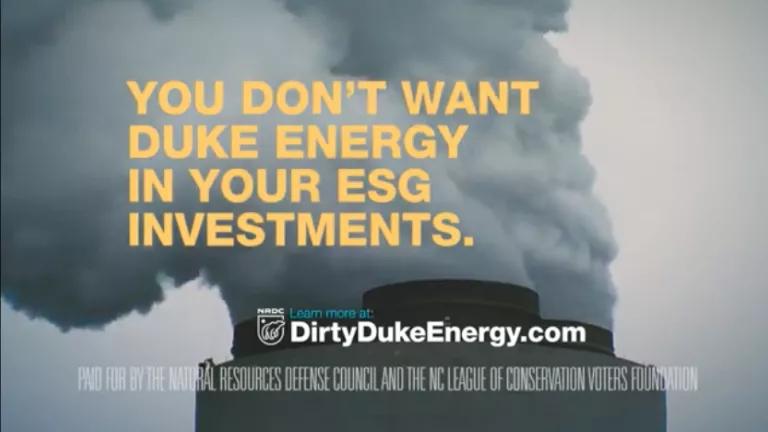North Carolina Is Moving Forward with Climate Regulations
The North Carolina Environmental Management Commission (EMC) approved a petition from CleanAIRE NC and the NC Coastal Federation (represented by the Southern Environmental Law Center) to have North Carolina begin rulemaking to join the Regional Greenhouse Gas Initiative (RGGI).

New RGGI map
The Environmental Management Commission (EMC) recently approved a petition from CleanAIRE NC and the NC Coastal Federation (represented by the Southern Environmental Law Center) to have North Carolina begin rulemaking to join the Regional Greenhouse Gas Initiative (RGGI). NRDC and many other groups fighting to address climate change support this critical step. More than a decade after several other Eastern states launched RGGI to tackle climate pollution, it is clear that it has been a highly effective and important policy. But what does the EMC vote mean for North Carolina?
Long story short, the EMC has given the greenlight for the NC Department of Environmental Quality to begin a deep exploration of RGGI through notice and comment rulemaking. The proposed rule would now be thoroughly vetted by the administrative agency and, after all process and analysis is done, would return to the EMC for a final vote. This exploration of RGGI would be above and beyond the vetting done through the Clean Energy Plan in NC and the subsequent energy modeling effort. And, of course, on top of the vetting done by all the other states that have joined the program and their decade plus of experience with RGGI.
So how does RGGI work and what does the experience with RGGI in other states tell us about what we can expect in North Carolina if the state were to move forward implementing the policy? Well, here I’ll borrow liberally from the great work done by my colleagues:
How RGGI Works

RGGI is a “cap-and-invest” program. Together, the states that participate in RGGI set an enforceable regional limit or cap on the amount of carbon pollution that power plants are allowed to emit. The states sell pollution permits up to this regional emissions limit through quarterly auctions. RGGI’s design requires large fossil fuel power plants to buy the pollution permits, and the number of permits is lowered each year, so that the region’s power plants contribute progressively fewer emissions to global warming. Auction proceeds are used to generate local and regional economic benefits, including investments in local businesses that provide jobs for residents; weatherization of homes; upgrades of heating and air-conditioning systems; and clean, renewable energy.
With a proven track record, it comes as no surprise that more and more states are exploring plugging into this winning climate and clean energy policy. RGGI currently consists of 11 states, with Virginia the most recent to officially jump in as of January 2021—it’s already reaping the benefits and investing 50 percent of its auction revenues in energy efficiency projects for low-income customers. And just today, Pennsylvania took one step closer to joining RGGI in January 2022 with a key affirmative vote by their equivalent of North Carolina’s EMC (in PA it’s known as the EQB).
How RGGI Pays Off

As you can see from the figure above, RGGI has provided numerous benefits to the participating states. With a record of success over a decade long, RGGI is a proven policy that would help reduce North Carolina’s greenhouse gas emissions, deliver health benefits, create jobs, and reduce energy bills. But perhaps one additional unmentioned benefit is that it will help prevent utilities from continuing to try to build new fossil generation.
As this blog was drafted, Duke Energy is pushing a bill in the NC legislature that simultaneously pushes for billions of dollars in new fossil investments, WHILE trying to figure out how customers will pay for billions of dollars in stranded fossil investments. So, while legislators are trying to figure out what is the least painful way to pay for Duke’s bad fossil decisions (which are now not competitive with renewable energy), these same legislators are helping Duke push for billions in MORE fossil infrastructure which are guaranteed to not be competitive in a few years. Which means, if they are built, in a few years they too will be stranded assets and we will again be trying to figure out how to compensate Duke for their bad investments which we no longer use. Oh, and for good measure they are trying to make sure the regulators can’t stop them by removing their discretion. This is like a drunk at the bar making sure the bartender cannot cut them off after they’ve had too much already. So much for learning from your mistakes.
North Carolina is at an inflection point. Will we fully embrace clean energy and invest in our future, or will we allow the utility to continue wasting money in the past? RGGI will help us transition to the clean energy future we want and need—it has a proven track record of success and provides a clear path forward to slashing climate pollution from power plants while jumpstarting the state’s clean energy economy. It’s exciting to see NC taking this important first step on that journey.




